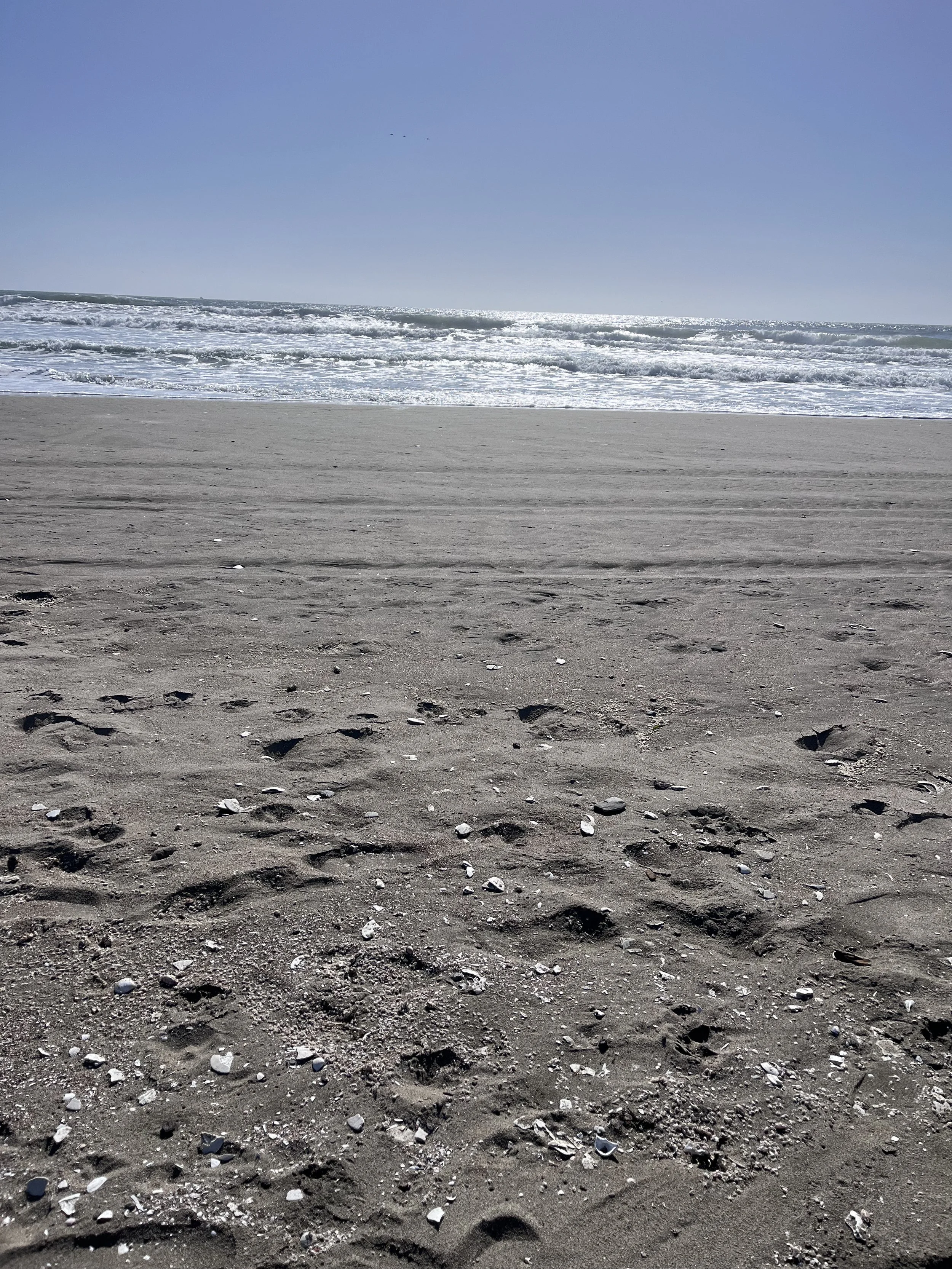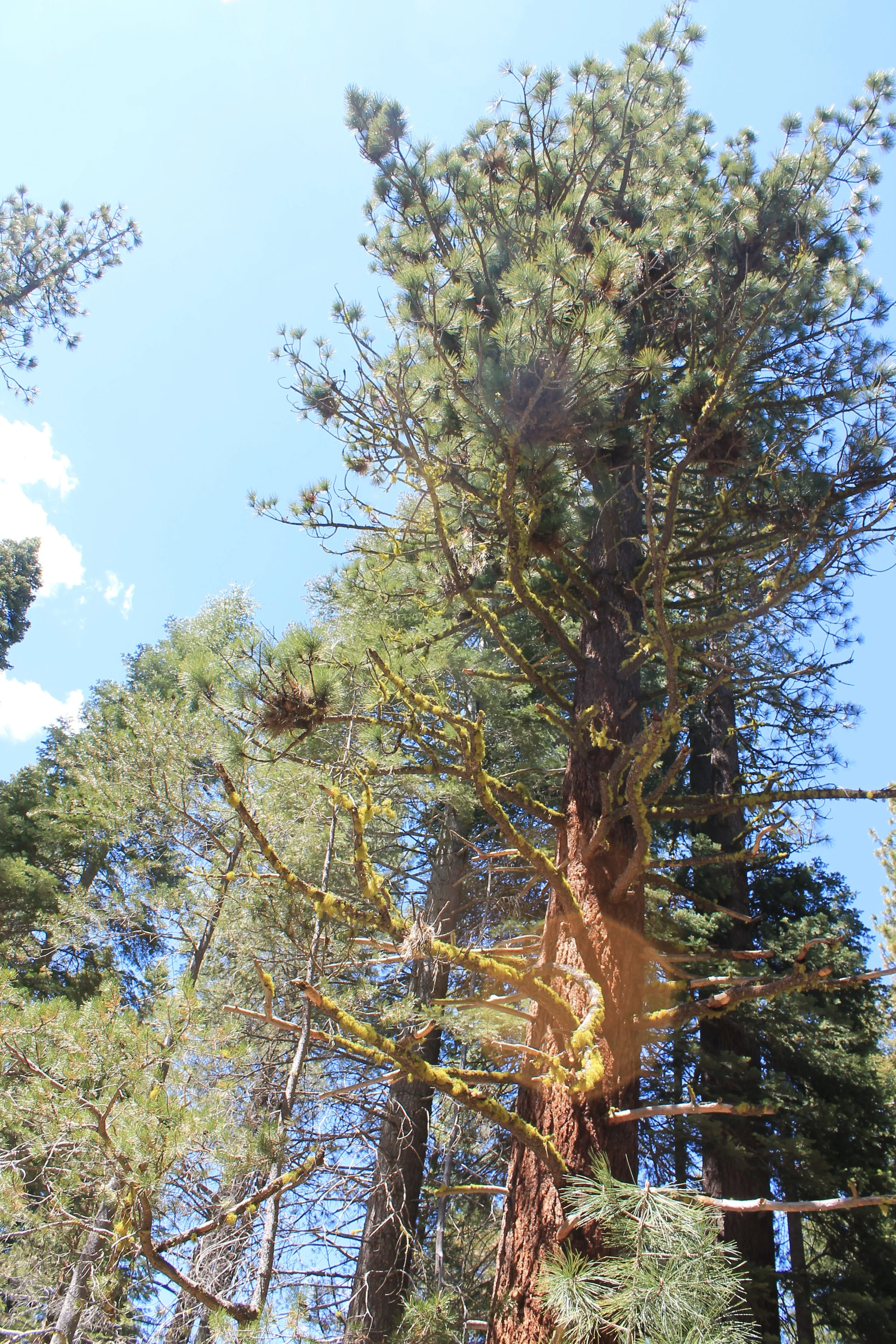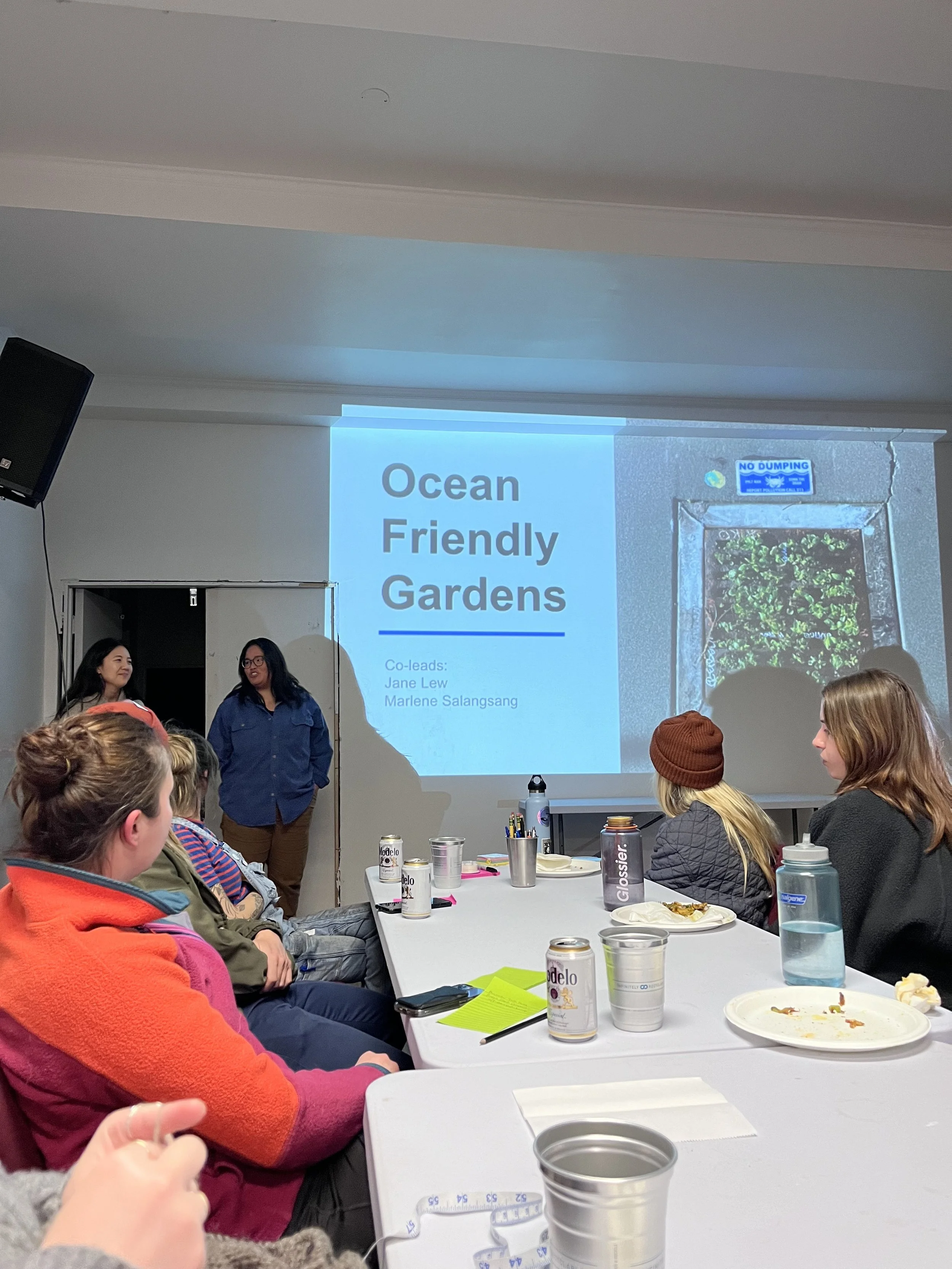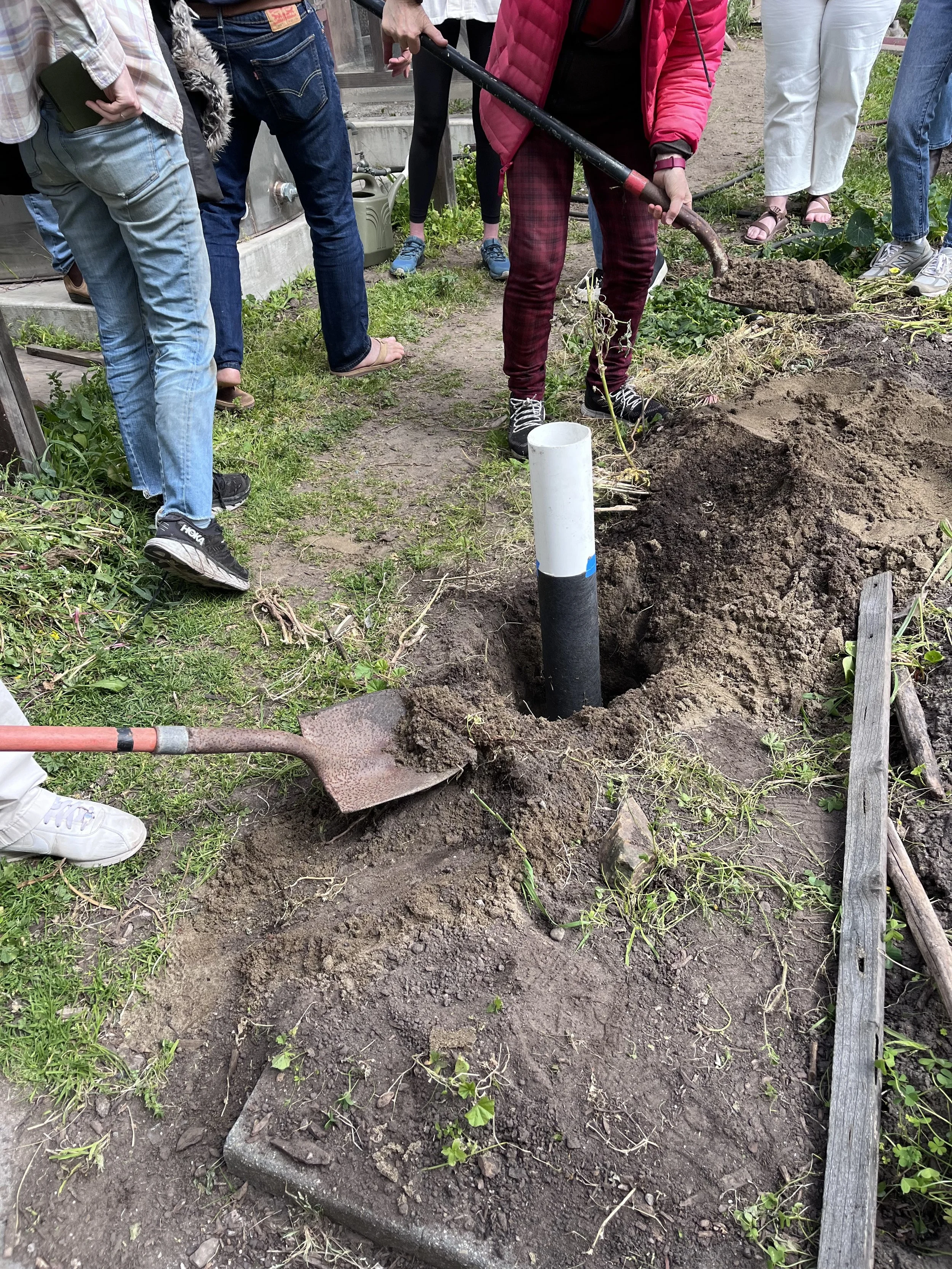Surfrider San Francisco’s Restore Sloat Project: How to Get Involved
It was one of those summer nights, the air just cool enough for the mixture of hoodies, light denim jackets, and t-shirts of the crew gathered in the backyard of an Outer Sunset church. There was pizza on the tables, beers and sparkling waters, and a mixture of conversation until the presentation stated.
We were seated and standing throughout the backyard, all of us facing the steps to the church where three members of the Surfrider Foundation’s San Francisco chapter stood ready to share what they could about the most recent proposal for the “erosion hot spot” in South Ocean Beach.
This is Surfrider San Francisco’s Restore Sloat project
Originally, the team had planned a full presentation with Powerpoint slides and everything, but things happen, it was too sunny for projecting, so we watched as they brought their points to life acting out waves and seawalls.
Their presentation was thorough, thoughtful, heartfelt, and motivating.
I think what I appreciated most was their empathy and understanding for the SFPUC. It is the SFPUC’s proposal that the team will be going up against at the upcoming coastal commission meeting (and that you can join too).
Before we get to that, however, it’s first important to understand the issue that we’re all trying to solve.
The Problem: The rising sea levels have affected and will continue to affect our coasts. At South Ocean Beach, this not only means the erosion of our shoreline, but also causing wastewater infrastructure to become vulnerable.
This includes not only the Lake Merced Tunnel (a pipe for stormwater, wastewater, and overflow storage) which, if compromised, would result in unwanted conditions at the beach among other problems but also the Westside Pump Station which is further back but not too far.
The History: This is actually a decades long issue that the City was tasked with solving for by 2021. This has been pushed out to July 1st, 2024. As of right now, the short term solution has been “nourishment and sand bags” which are certainly not sustainable for the longterm (especially with how easily large quantities of sand are swiped away after just one storm). This has been pushed out to July 1st, 2024.
It is also important to note that in the California Coastal Act of 1976, there are limits to “shoreline armoring” i.e. creating seawalls. Why? Though this type of aggressive armoring can provide short-term protection, there are several problems with seawalls:
The ground tends to erode beneath these walls which can lead to collapse
Seawalls require ongoing maintenance which is difficult and expensive
Wave energy can not only cause erosion of the wall and the ground beneath the wall but also greatly disrupt the neighboring shoreline and even the sand bars
I thought of my beach walk a week ago. I’d come to the Outer Sunset after work with a coworker to enjoy a beach stroll and some delicious Mexican food. That feeling of walking through sand, talking as the sounds of the waves ate up our voices, stopping to look at shells. I’ve beach walked my entire life. In Hawaii. In San Diego. It’s a huge part of why I had looked for ways to volunteer to help keep beaches safe and clean.
I didn’t like to think about the beach disappearing and neither did the gathered group of surfers and ocean lovers.
So what’s happening to solve this problem
The SFPUC has submitted a proposal and it’s going to be reviewed at an upcoming Coastal Commission meeting
This SFPUC’s proposal includes a mile-long seawall, clearing of the extension of the Great Highway, creating a multi-use trail (something I’m usually for), and more parking and a restroom.
Surfrider’s Stance:
Though the team understands the importance of acting for the short-term, the team feels that we need and expect something better. There needs to be further research and more solutions that offer longterm, GREENER ways in which we can solve for this problem.
You can actually read exactly what the Surfrider Team will be asking for here >
The good news is that in the Coastal Commission staff report document, there are similar notes and concerns about the proposal.
“…albeit one that is anchored by a substantial armoring structure (and a project that is much more armoring-centric that was originally envisioned by the Commission and the Ocean Beach Master Plan).”
However, there is acknowledgement that something needs to happen now (short-term) to avoid “damage or destruction of the [Lake Merced Tunnel], which could lead to adverse beach, marine, and water quality impacts inconsistent with other Coastal Act policies.”
What you can do
Learn more about the proposal by giving the Coastal Commission staff report a read.
Take your time familiarizing yourself with Surfrider SF’s stance
If you agree, sign the petition that will be taken to the Coastal Commission meeting here
If you agree, consider attending the Coastal Commission meeting in-person or on Zoom






